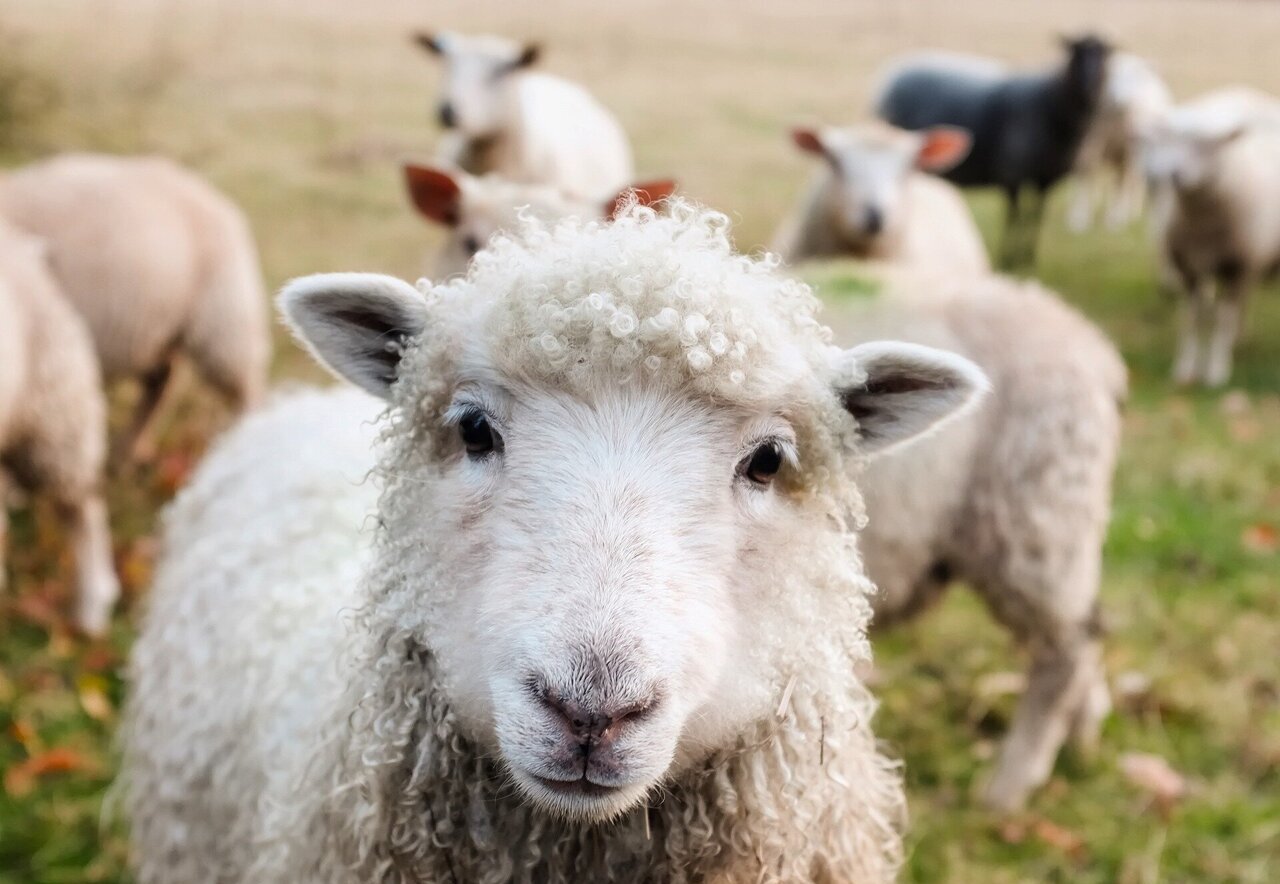A novel vision-based artificial intelligence tool has been developed by researchers to glean insights from the most extensive collection of natural images ever compiled, catering to machine learning applications.
As per Samuel Stevens, the primary investigator of the study and a Ph.D. candidate, the discoveries from this new research significantly expand the scope of utilizing artificial intelligence for scrutinizing images of flora, fauna, and fungi to address novel inquiries. Samuel Stevens, a doctoral candidate in computer science and engineering at Ohio State University, highlighted the transformative potential of their model in enabling researchers to undertake studies that were previously unfeasible.
The outcomes of this research are hosted on the arXiv draft server. The researchers, led by Stevens, curated and unveiled TreeOfLife-10M, the nation’s most extensive and diverse image dataset primed for machine learning. This dataset encompasses over 10 million images depicting various species of plants, animals, and fungi across more than 454,000 taxa in the tree of life. The richness of information within this dataset sets it apart from its predecessor, which contained a mere 2.7 million images representing 10,000 taxa.
Subsequently, the team introduced BioCLIP, a cutting-edge machine learning model that was released to the scientific community in December. BioCLIP is designed to learn from the dataset by leveraging both visual cues in the images and associated textual metadata, such as botanical labels.
To evaluate BioCLIP’s capability in categorizing images based on their taxonomic placement, the researchers employed a distinct species dataset that the model had not previously encountered. The results demonstrated a 17% to 20% performance enhancement over existing models.
Stevens emphasized that the BioCLIP model is publicly accessible and adept at accurately identifying the species depicted in random organism images, whether sourced from local surroundings, a zoo, or the Serengeti Savannah.
Traditional computational methods tailored for specific tasks often falter when confronted with novel questions, contexts, or datasets in organizing vast biological image databases. BioCLIP, in contrast, offers broad applicability across the entire tree of life, supporting biologists engaged in diverse research pursuits.
Yu Su, a co-author of the study and an associate professor of computer science and engineering at Ohio State, underscored the model’s proficiency in discerning subtle differences between closely related organisms, a feat that eludes standard computer vision models.
The study posits that as artificial intelligence progresses, models like BioCLIP will emerge as essential tools for unraveling natural enigmas efficiently. Future iterations of the model are envisioned to incorporate additional images and data from clinical settings and museums to enhance its efficacy further.
The research team envisions leveraging existing methodologies to refine the model continuously, adapting to evolving classifications and discoveries in the realm of species identification. Collaborators from Ohio State University, Rensselaer Polytechnic Institute, University of California, Irvine, and Microsoft Research contributed to this groundbreaking endeavor.
For more details, refer to the paper titled “BioCLIP: A Vision Foundation Model for the Tree of Life” by Samuel Stevens et al., available on arXiv (2023).










